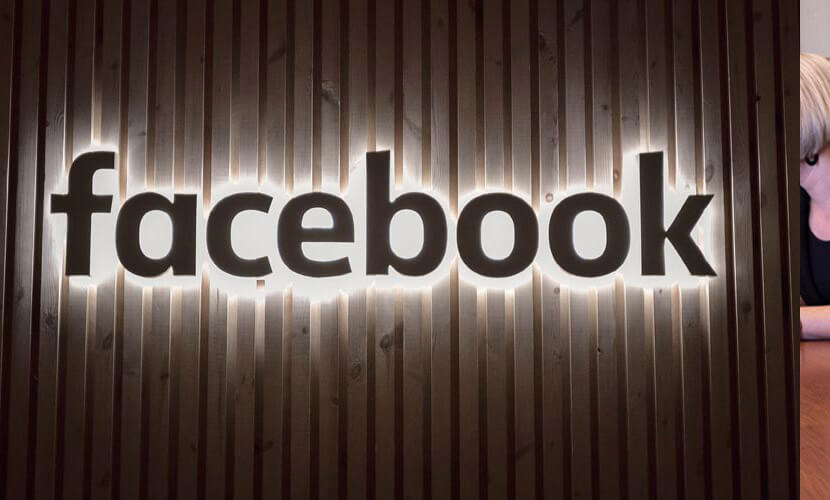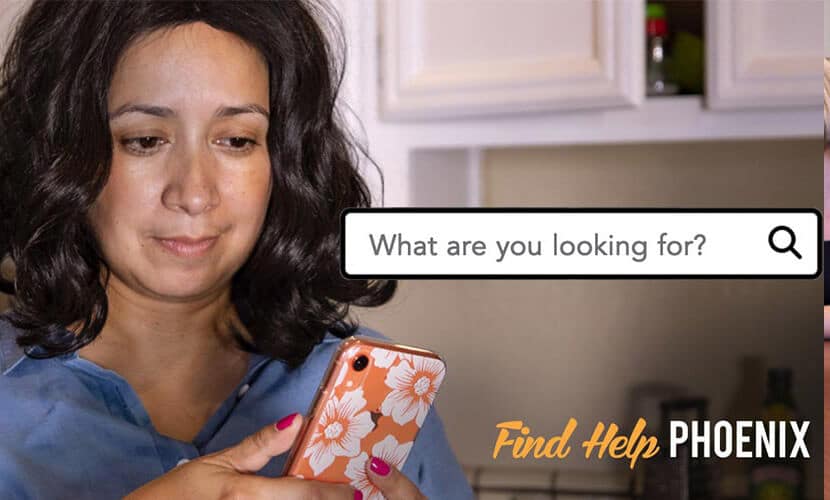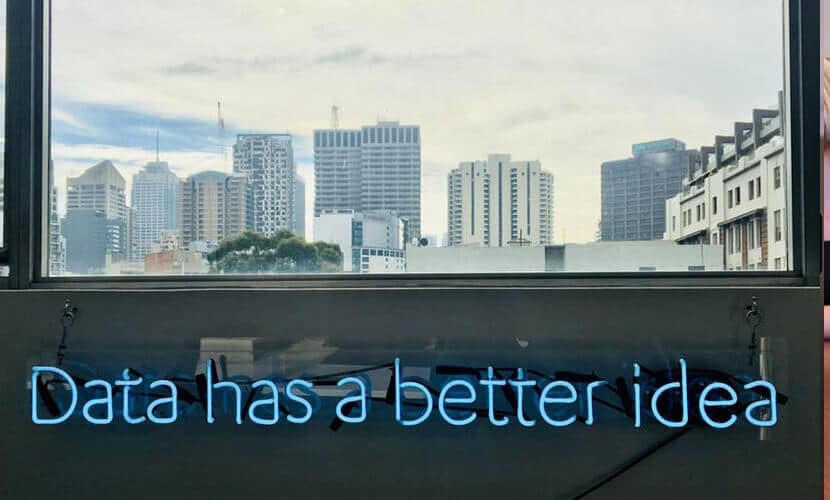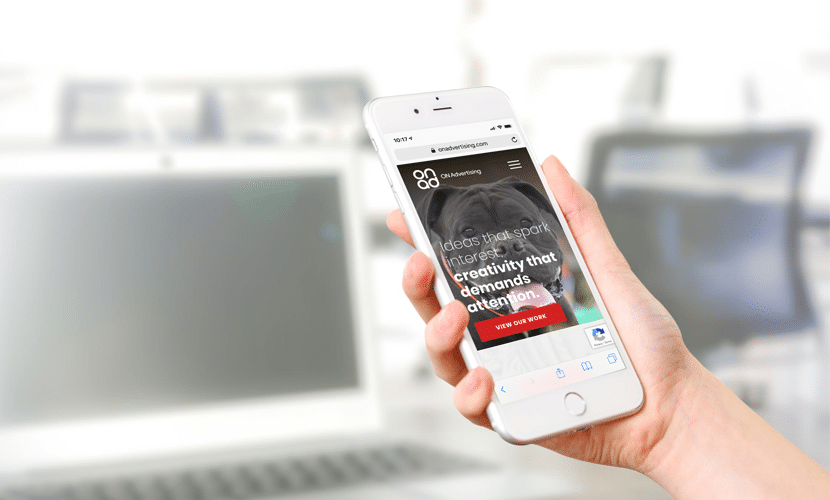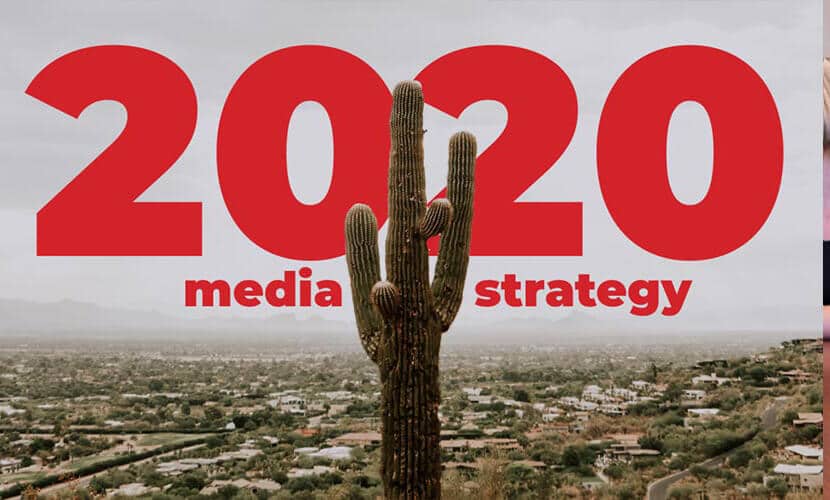
What is our Media Plan for 2020?
Well, we’re getting ready to say goodbye to 2019 and hello to 2020 here at ON Advertising! While we’re sure you’ve also seen the articles popping up on your timeline describing the top trends for the new year, or what you should look out for when it comes to media planning, we’re here to tell you what’s really what. We keep our finger on the pulse of the latest trends in marketing, branding, and strategy; because we believe a strong media strategy gets results.
We’ve compiled a quick lineup of some of 2020’s hottest predicted trends and how we plan to take them to the next level in the new decade.
Video Marketing
Perhaps one of the most talked about, important aspects of marketing as of late is video marketing. While videos and even GIFs aren’t new to the digital marketing world, incorporating them into your media plan is an absolute must if you want to continue to be viable.
According to Social Media Today, video content can drive a greater response than any other social content type, if it’s done well. In an infographic of video marketing statistics, they revealed that on Instagram specifically, video generates more engagement than any other content type and 65% of impressions from an ad come from videos. On Pinterest, users are 2.6 times more likely to share a video than any other post type. Tweets with video see 10 times more engagement than those without, and promoted tweets with videos can save you on costs up to 50%. Not only that, but on Twitter 82% of users mainly watch video content when using the app. As for LinkedIn, video campaigns have 82% view rates.
Essentially, video rules all when showing social results, and harnessing the power can change the game for your strategy. So, how do we plan to utilize our video services to slay in 2020? By knowing exactly what you need and delivering even beyond your expectations. Our video media professionals are experts at defining the most appropriate video content solution for your needs. By identifying the right type, style, tone, script, and art direction, we can effectively tell a compelling story. Analyzing the needs of your target buyers helps us determine the best way to distribute and showcase your story. These tactics help ensure that the right type of video content is being seen by the right people, and that we’re making the right impact on your bottom line.
Social Media Stories
If you’ve followed us for some time, then you may remember our excitement for ephemeral content for 2019. Again, ephemeral content is any photos and videos that aren’t permanent on your platforms. Typically they disappear within 24 hours, so it’s important to make them eye-catching and memorable for their short lifespan. These stories make it possible to post more, without oversaturating and bogging down your page. We view these as another channel within your channel, and employing them is vital.
In an article by Medium, they explained that Instagram Stories’ see 400 million daily users. That’s a huge number for something that doesn’t remain on your page indefinitely. Although Instagram’s ‘Story’ feature is probably the most famous when it comes to ephemeral content, it certainly wasn’t the first platform to come up with the idea. In fact, Snapchat was the first platform to introduce them in October of 2013 and launch the trend. Since then, we’ve seen a huge influx of other companies coming up with their own versions, such as Facebook Stories. We’re expecting to see even more implement the feature in 2020 and the near future.
As 2020 approaches, ON plans to continually incorporate stories into our social media strategy. With the employment of even longer video mediums, like IGTV, there’s endless potential when it comes to the power of video.
Influencer Marketing
While influencers in marketing is also not a new concept, we’ve seen a massive shift in the impact and influence they actually carry. From beauty bloggers to foodies, influencers from all walks of life are in our feeds, and they hold more power than you’d think.
In an article by BigCommerce, they predicted that 65% of influencer budgets by marketers were going to increase. They also explained that 17% of companies spend over half of their marketing budget on influencers and 89% of all marketers found that ROI due to influencer marketing was comparable or even better than other marketing channels. Sounds like some crazy statistics, right? It might not be as out of the box as you think.
As for ON Advertising, the biggest tactic we used with influencer marketing in 2019 was realizing and harnessing the power and impact influencers and micro-influencers have on social media, especially on Instagram. At the beginning of 2019, we examined our clients and we narrowed down who had a niche product or brand. We then figured out what the best tactic to get the word out about the product was. Unsurprisingly, influencers were the answer. With these tactics, we’ve been able to grow this client’s followers past 15k. We’ve also seen increased impressions, boosted engagement within the 6 digits, and have reported a huge growth of ROI.
Creating partnerships with these influencers and micro-influencers proved to be the most important thing we’ve learned. They trust the brand and the product, and love promoting it. In turn, we share all of their content and find new ways to support them. Building these partnerships through heavy community management and being available to answer various questions took the partnerships even further. It took time but, in the end, our client is flourishing. The influencers and micro-influencers are reporting that their social media has grown with the established partnerships.
As we look to the 2020 and begin planning our social media strategy for our clients, our top priority is finding and establishing new techniques to manage our influencers. Not to mention utilizing tools that can help us find more influencers that we can form partnerships with.
How ON Advertising Can Help in 2020
At ON Advertising, we believe that big ideas build more business. When our decades of experience in full-service advertising, marketing, video production, public relations, website production, media buying, and more pair with new innovations and strategies, who knows what we can create for you. Contact us today.


